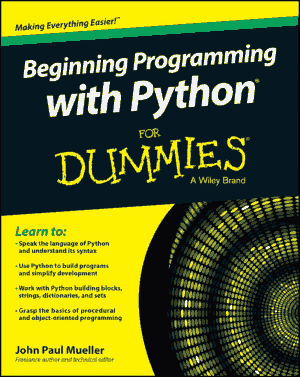


Learn R Programming How To Calculate Statistics
In fact, no programming experience at all is necessary, but if you have some basic programming knowledge, it will help. The workflow can be iterative, but each of the steps needs to be undertaken.The first part of this book is designed to teach you R from scratch—you don’t need any experience in the language. The complete workflow for analyzing data looks more like this:Of course at each stage, your results may generate interesting questions that lead you to look for more data, or for a different way to treat your existing data, which can send you back a step. Unless you are doingCutting-edge research, the statistical techniques that you use will often be routine, and the modeling part of your task may not be the largest one. This un‐fortunately misses a large part of the reality of analyzing data. Finance, marketing, pharmaceuticals, genomics, epidemiology, social sciences, and teaching are all covered, as well as dozens of other smaller domains.Since R is primarily designed to let you do statistical analyses, many of the books written about R focus on teaching you how to calculate statistics or model datasets.
Here, some basic statistical knowledge is assumed. Briggs is as good a place to start as any!The second part of the book takes you through the complete data analysis workflow in R. If you want a really introductory text on how to program, then Python for Kids by Jason R.
If you already have some experience with R, you may wish to skip the first chapter and skim the chapters on the R core language.Each chapter deals with a different topic, so although there is a small amount of dependency from one chapter to the next, it is possible to pick and choose chapters that interest you.I recently discussed this matter with Andrie de Vries, author of R For Dummies. The first half is designed to provide you with the technical skills you need to use R each chapter is a short introduction to a different set of data types (for example, Chapter 4 covers vectors, matrices, and arrays) or a concept (forExample, Chapter 8 covers branching and looping).If you have never used R before, then start at the beginning and work through chapter by chapter. There isn’t enough room to cover all 4,000 add-on packages, butBy the time you’ve finished reading, you should be able to find the ones that you need, and get the help you need to start using them.This is a book of two halves. This book provides tutorials to give you ideas about what you can do in R and let you practice. Garrett Grolemund’s Data Analysis with R picks up where this book leaves off, covering data analysis workflow in more detail.A word of warning: this isn’t a reference book, and many of the topics aren’t covered in great detail.


 0 kommentar(er)
0 kommentar(er)
